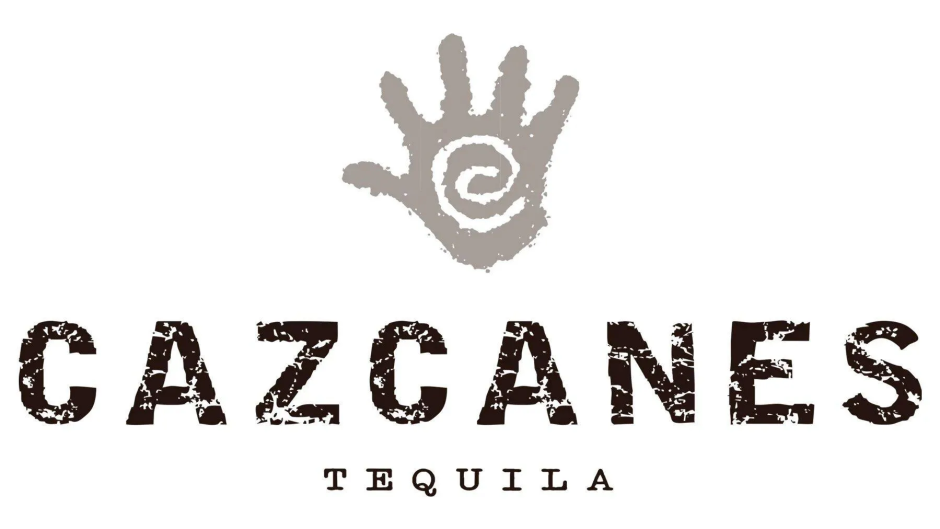
Cazcanes Tequila
Wine Meets Tequila: Cazcanes Tequila Explores the Fusion of Tradition and Innovation
The origins and production methods of wine and tequila seem worlds apart at first glance. Unknown to many, these two beloved spirits share a similarity that stems from the concept of terroir. Terroir is a term often associated with winemaking. It encompasses the environmental factors that shape the character of wines (i.e., aroma and flavor profile), such as soil composition and climate variations. Surprisingly, this concept extends beyond the vineyards and into the agave fields, where the primary component of tequila, the agave plant, is harvested.
Two regions, the Highlands (Los Altos) and the Lowlands (El Valle), impart unique characteristics to the final product of tequila. In the Highlands, agave plants bask in the elevated altitudes, absorbing ample sunlight and cool breezes. This environment produces tequilas with a light, fruity, and citrusy profile that reminds one of floral meadows. On the other hand, the Lowlands boast a terrain rich in minerals, producing agave with a robust, earthy essence and a hint of vegetal notes.
Just as wine enthusiasts know the nuances between wines from different vineyards, tequila lovers can distinguish products from the Highlands and Lowlands. Some develop a preference for the bright, vibrant notes of Highland tequilas. Meanwhile, others savor the depth and complexity found in Lowland varieties.
Colin Edwards, originally a winemaker, embarked on a journey from the vineyards of Napa, California, to Mexico to learn about the traditions and techniques of tequila production. His exploration resulted in the establishment of Cazcanes Tequila, which now has offices in both California and Mexico. The brand has won numerous awards and is recognized as the fastest-growing tequila brand on platforms like Drizly.
Cazcanes has been committed to the art of tequila making, preserving traditional techniques passed down through generations. Jon-Paul Fortunati, the CEO of the company, made it his mission to combine tradition with innovation to propel the brand to greater heights. This dedication led to the creation of the brand’s latest venture, the Rosa Tequila.
The production of this distilled beverage entails resting tequila in barrels previously infused with red wine. The result is the harmonious marriage of flavors. For Cazcanes, this means sourcing wine barrels from Napa Valley, ensuring each batch benefits from the quality and complexity of the finest wines.
The flavor profile of Cazcanes Rosa Tequila attests to the artistry and skill of the distillers. It has hints of cherry, floral notes, and a subtle fruitiness, ensuring that each sip offers a sensory experience like no other. Making the product further stand out is the use of natural artesian water from the peaks of the Sierra Madre Occidental mountains. The water goes through the natural minerals of volcanic mountains, giving all products of Cazcanes Tequila their distinct flavor.
The success of Cazcanes Rosa Tequila speaks volumes about the brand’s dedication to quality and innovation. Consumers have embraced this new expression of tequila with enthusiasm and excitement, from its initial launch, which sold out in minutes, to the overwhelming demand for subsequent batches. Cazcanes once again succeeds in pushing the boundaries of tradition while staying true to its core values of craftsmanship and excellence.
Cazcanes Tequila plans to expand its production of Rosa Tequila, ensuring that more enthusiasts around the world can experience the unique flavor of this spirit. It promises to seek new ways to delight enthusiasts and push the limits of what’s possible in the world of spirits. “This is just the beginning for us. We plan to experiment with different barrel types and aging techniques to unlock new flavor profiles and experiences for tequila enthusiasts,” Fortunati stated.
Life & Style partners with external contributors. All contributor content is reviewed by the Life & Style editorial staff.























